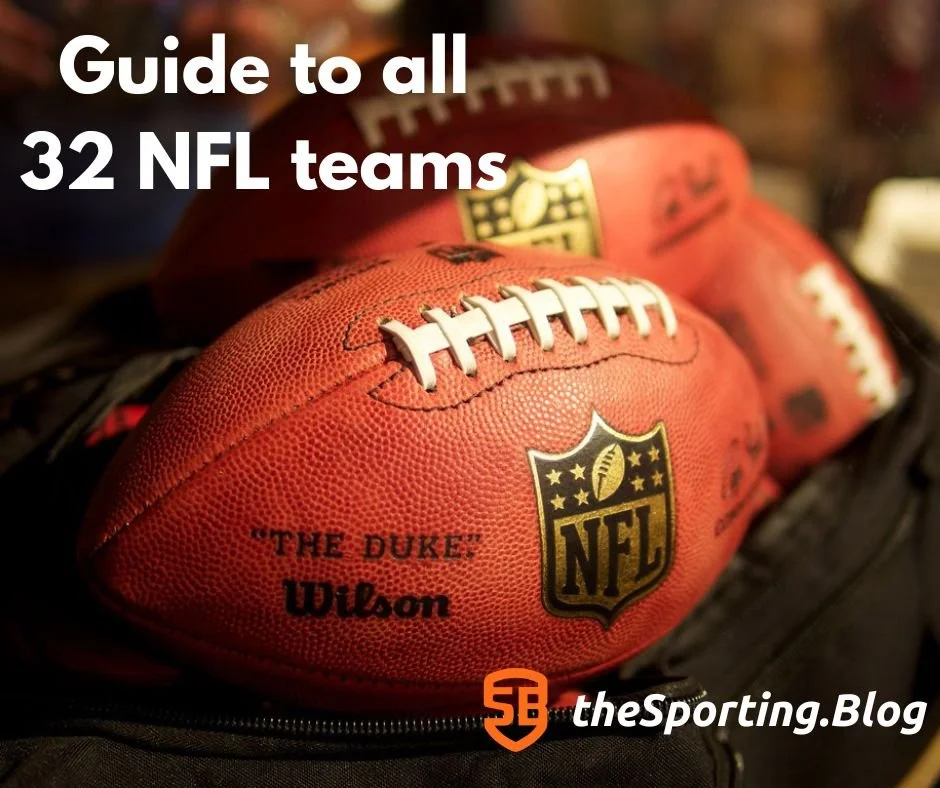Pittsburgh Steelers Colors and Logo: A History and Color Codes
Why do the Pittsburgh Steelers wear black and gold? The story of the Pittsburgh Steelers colors, including full color codes
In this article, we look at the history and details of the Pittsburgh Steelers logo and colors.
We discuss the different colors and logos that the team have used throughout the years- including full details of their CMYK, HEX, RGB and Pantone codes.
Brief history of the Pittsburgh Steelers
When Arthur Rooney first founded the Pittsburgh Pirates on July 8 1933, he couldn’t have predicted that the team would last almost a century. No, not those Pittsburgh Pirates.
The team was renamed in 1940 to the Pittsburgh Steelers that we know today.
While the Steelers technically played their home games in Pittsburgh, Art Rooney often scheduled games at neutral sites in places such as Johnstown, Latrobe, Louisville and New Orleans for extra money.
This could also be due to the fact that in the 1930s, the state of Pennsylvania had blue laws which restricted teams from playing football on Sundays.
Major honours/trophies
The Steelers are currently tied at 6 with the New England Patriots for the most Super Bowls in history.
They are the only team in NFL history to repeat as Super Bowl champions on two different occasions.
To be more specific, the Steelers won their Super Bowls in 1974, 1975, 1978, 1979, 2005 and 2008.
The most famous Pittsburgh Steelers
The most famous players for the Steelers throughout the years!
Jerome Bettis
Jerome Bettis aka “the bus” was no slouch.
The 5’11 252 pound running back was able to regularly bulldoze and somehow outrun defenders and while he only won 1 Super Bowl throughout his career, he had more than his share of accomplishments.
The 10th pick of the 1993 draft was a 6 time pro bowler, the 1996 comeback player of the year, 1993 offensive player of the year and he also won the 2001 Walter Payton award.
Ben Roethlisberger
A lot of Steelers fans will know about the 11th pick of the 2004 draft because he is only 1 year removed from the team, but that certainly does not take away from the numerous things he accomplished with the team.
This included winning 2 Super Bowls for Pittsburgh, in 2004.
Additionally, he was named the best offensive player of the year by the Associated Press, The Sporting News and he was also the 2004 PFWA offensive rookie of the year.
Hines Ward
Hines was a 2 time Super Bowl champ, and he also won the Super Bowl XL MVP third round, 92nd overall 1998 NFL draft, 4 time pro bowler, 2X Super Bowl champ and Super Bowl XL MVP- where he caught 5 passes for 123 yards.
He is one of only a few Asian players in the NFL.
He also rushed on one play for 18 yards. This was when they beat the Seahawks 21-10.
Franco Harris
Just like Jerome Bettis, Franco Harris was also a beast of a running back at 6’2, 230 pounds.
He played a role in 4 of the Steelers’ 6 Super Bowls.
The 13th pick of the 1972 draft, Harris was part of 9 pro bowls and he was named Offensive Player of the year by the AP, UPI and The Sporting News.
Mike Webster
Mike Webster, also known as Iron Mike, was also a member of all 4 Super Bowl teams that the Steelers were able to produce in the 1970s.
The 125th pick of the 1974 draft was a pro bowler 9 times and made the all pro team 5 times.
Jack Ham
The 6’1 225 pound linebacker was another product of the Steelers’ defense in the 1970s, as he made the pro bowl 8 times, played in 6 all pro seasons and he won the Associated Press Defensive Player of the year in 1978 and 1979.
It was during these years that the Steelers won their Super Bowls.
Why do the Pittsburgh Steelers wear black and gold?
The Steelers have worn black and gold uniforms since their inception.
This matches the colors of the Pittsburgh city flag and seal- and all other major professional Pittsburgh sport teams wear these colors too.
The only exception to their colors came in 1943, when the team merged with the Philadelphia Eagles and played in green and white.
Pittsburgh Steelers colors: CMYK, HEX, RGB and Pantone color codes
Below, find the Pittsburgh Steelers color details, including individual CMYK, HEX, RGB and Pantone color codes.
Steelers Gold
Pantone: PMS 1235 C
HEX: #FFB612
RGB: (255, 182, 18)
CMYK: (0, 30, 75, 0)
Steelers Black
Pantone: PMS Black 6 C
HEX: #101820
RGB: (16, 24, 32)
CMYK: (100, 40, 0, 100)
Steelers Blue
Pantone: PMS 287 C
HEX: #003087
RGB: (0, 48, 135)
CMYK: (100, 75, 2, 18)
Steelers Red
Pantone: PMS 186 C
HEX: #C60C30
RGB: (198, 12, 48)
CMYK: (10, 100, 100, 0)
Steelers Silver
Pantone: PMS 429 C
HEX: #A5ACAF
RGB: (165, 172, 175)
CMYK: (0, 0, 0, 20)
Steelers logo and color history
Let’s look at the history of the Pittsburgh Steelers logo and colors throughout the decades.
1933-1939
The Steelers first ever logo has a coat of arms, and it has signs which are supposed to represent magnanimity, dominance and power.
The middle of the logo has blue rectangles with a checkerboard pattern.
1940-1942
In 1940, the Steelers had to change their logo due to the fact that they were also changing their name from the Pirates.
The shape of the logo is supposed to be the same as a football, and it has several pictures within the logo that are supposed to represent the heavy manufacturing culture in the City of Pittsburgh.
1943
The main reason for the logo change during this year was due to the fact that the team temporarily merged with the Philadelphia Eagles. They were called the Pitt Eagles, in an effort to fill the roster.
NFL teams struggled to draw crowds during this time period, due to WWII.
The logo contains a picture of an eagle getting caught by a helmet, which is supposed to signify the mood of the country during the war.
1944-1945
In 1944, the team merged with the Chicago Cardinals, and this time they were called Card-Pitt.
The logo was just the team name in all red with no pictures or numbers.
1946-1961
With World War II over, there was no reason to combine with other teams anymore.
It was time for the Steelers to change their logo once again, and they went back to using their previous logo from before they started to combine with other teams.
1962-1968
This version of the logo is another symbol of the manufacturing and construction industry in Pittsburgh, containing a picture of a steel worker punting a football while standing on a beam.
1969-2001
This is the logo from the year before the decade when the Steelers won Super Bowls on average almost every other year for the next 10 years. Modern viewers will recognise this iconic logo.
The logo was designed by Steel, a US based company out of Pittsburgh. They had to get permission to add “ers”.
The logo signifies steel shining on hard work, and it represents the many opportunities you can get in Pittsburgh.
2002- Present
While the basic design remains the same, there have been several additions to the logo in recent times.
The most recent version of the Steelers logo includes more saturated colors, a dark grey ring outline and each individual color is supposed to represent the type of materials that are produced in Pittsburgh.
These are bright red (iron ore), yellow (coal) and blue (scrap metal).






